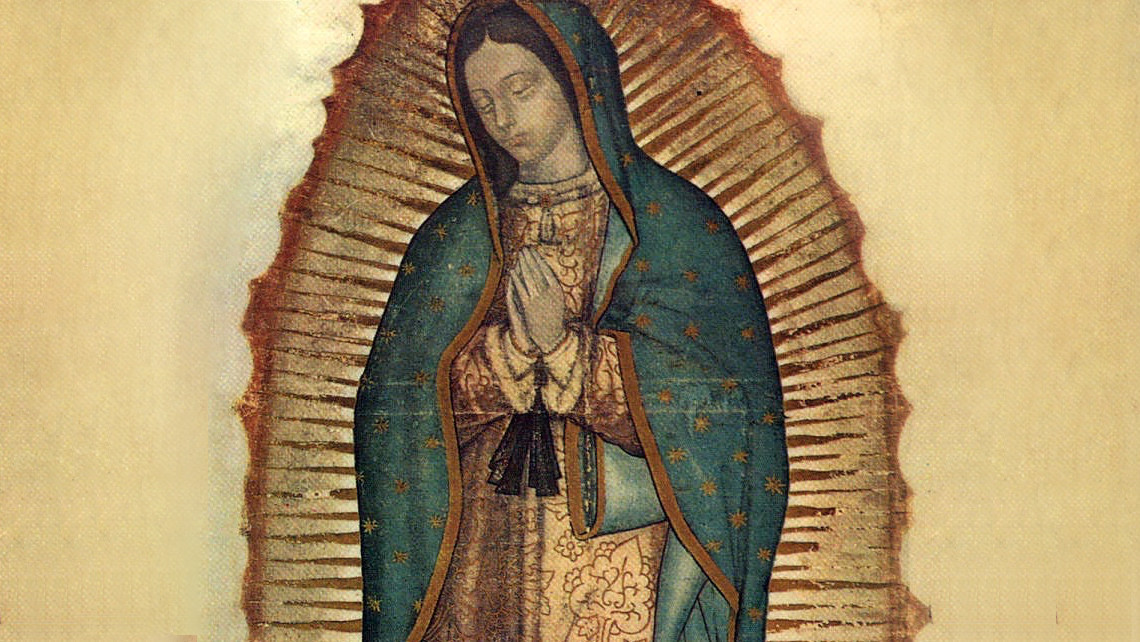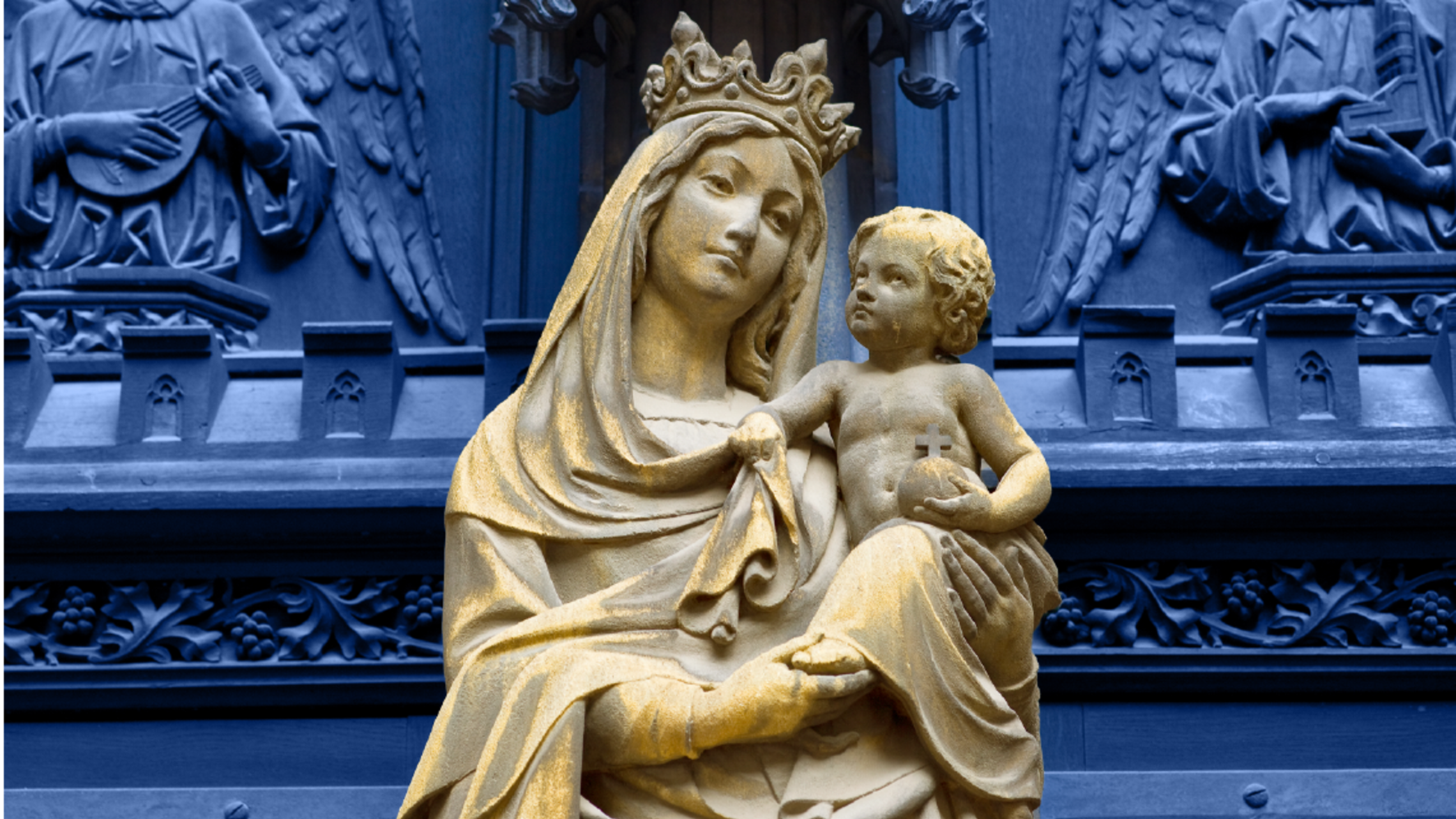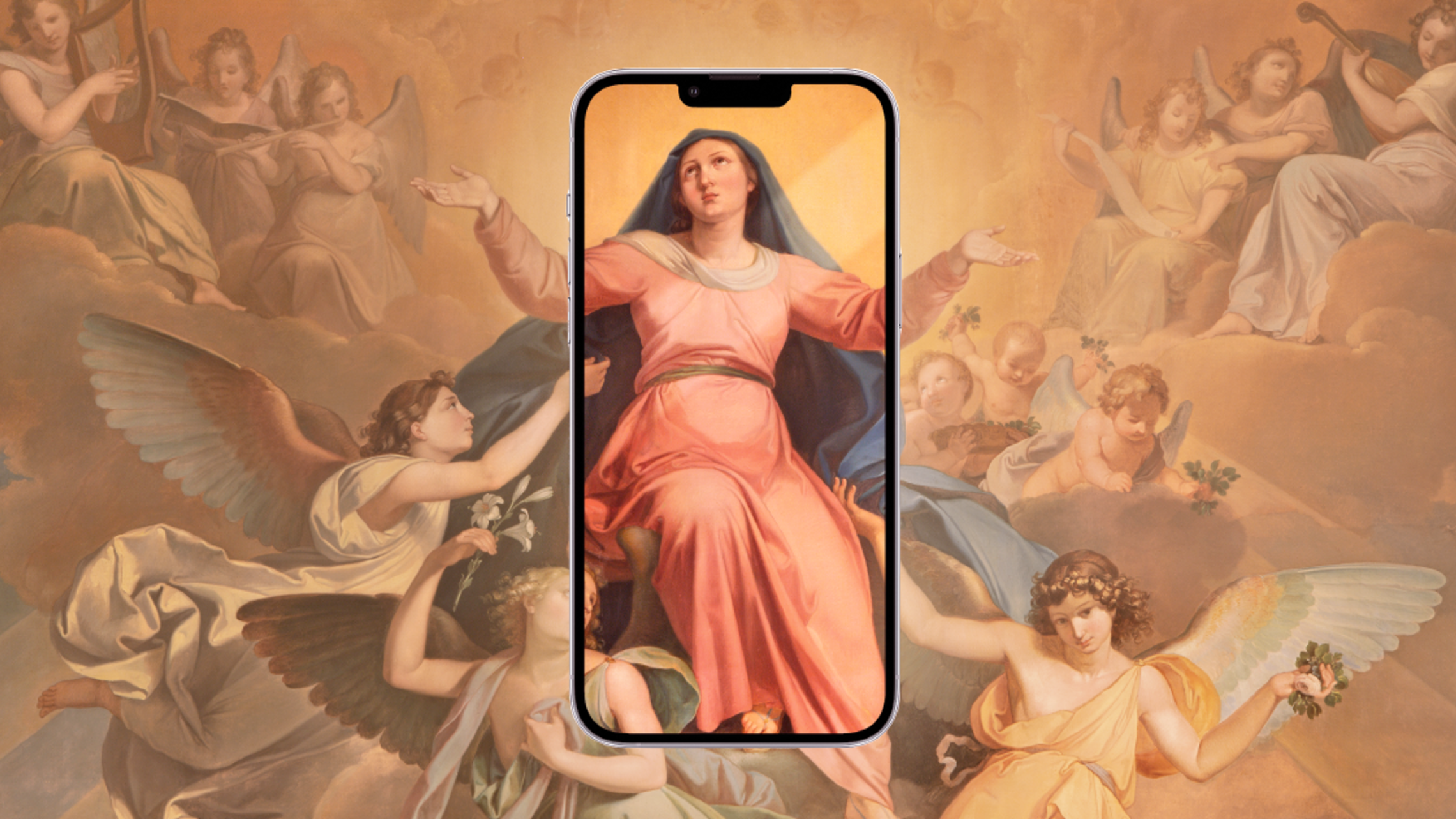
On December 12, Catholics all throughout the Americas celebrate the Feast of Our Lady of Guadalupe — the patroness of the Americas. This appearance of Our Lady is responsible for more conversions to the Catholic Faith than almost any other apparition to date.
So no doubt you know a thing or two about the story. However, we’ve compiled these nine interesting facts about Our Lady of Guadalupe that you may not know!
The Hill
The hill the Blessed Virgin appeared on is called Tepeyac Hill. “Tepeyac” literally means “nose mountain.” Here it refers to the fact that Tepeyac Hill is the first and most prominent hill in a series of three hills. Tepeyac Hill was also once the most notorious location of child sacrifice in Aztec culture.
Aztec Princess
Our Lady appeared to Blessed Juan Diego dressed as an Aztec princess. Her clothing as it appears on Blessed Juan Diego’s tilma is replete with Aztec symbolism.
Reflection in Mary’s Eyes
When put under a microscope, scientists discovered that light is reflected in Mary’s eyes in the exact same way as in a living human eye. Not only that, but you can see Blessed Juan Diego himself reflected in her eyes. A Japanese optometrist actually fainted when examining the eyes on the tilma because he said he was looking into human eyes.
The Roses
First of all, it was Winter and flowers weren’t blooming at that point. Secondly, the roses that Juan Diego picked at Mary’s request were not native to the region, but were Castilian roses native to Europe, Asia, and North Africa. The Bishop recognized the roses because they were grown in the region of Spain where he was from.
The Tilma
The tilma is made out of cactus fibers. This material should’ve decayed within 5 years. And yet after nearly 500 years it’s still perfectly intact. Over the years it has had nitric acid spilled directly on it, and even survived a bombing with 12 sticks of dynamite. And yet the tilma remains in near perfect condition.
The Skeptic
In the 1750s a skeptical artist in Mexico City did an exact recreation of the tilma, going so far as to even encase it in the same type of glass case. He kept it in the same environment, exposed to the same conditions as the original tilma. Within 7 years his recreation was so badly decayed and rotted that it was removed from public display.
Can’t be recreated
There are no animal or mineral pigments on the tilma. These would’ve been present had the image on the tilma been painted. There are also no under drawings or brush strokes on the image. The pigments that were available in the time and in that area would’ve faded by now, and yet the image hasn’t faded.
Mary’s skin tone
The color in Mary’s skin changes depending on one’s distance to the image. The further you are, the darker her skin tone and the more she resembles an Aztec princess. The closer you get, the lighter her skin tone and the more she appears as a young Jewish girl.
The Stars
The stars on Mary’s mantle are exactly as they would have appeared on Dec. 12, 1531. The perspective is as if you’re looking from behind the sky to Earth — like Heaven looking down on Earth. The pattern of the stars would place the constellation corona borealis (the crown) on her forehead, virgo (the virgin) over her heart, and leo (the lion—i.e. the Lion of Judah) over her womb.
If you’re committing to praying the Rosary in honor of Our Lady of Guadalupe on a daily basis, please let us know.
Don't Miss Our Rosary Resources
Follow us on Facebook and Instagram, and join the growing community of others who are committing to continue to pray the Rosary. Share what you’re doing on our Facebook page, and let us know if we’ve missed anything. It is our sincere hope that our community will inspire you to continue this extremely fruitful practice.




